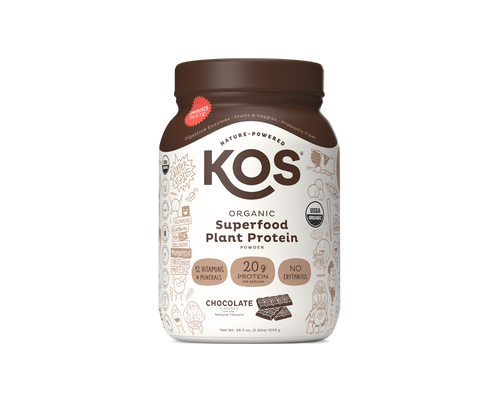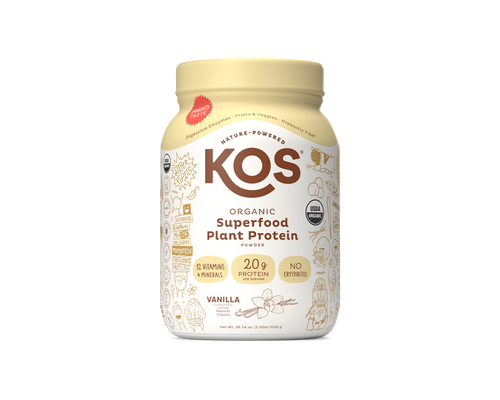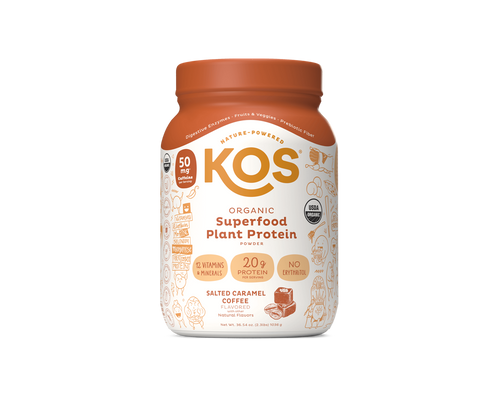Table of Contents
![]()
If I may speak personally on the subject of hair loss, the news is good and bad. The good news is that my hair has stopped falling out. The bad news is that it is now jumping out.

Some of this is to do with genetics, which is actually far from conclusive on this issue.
While the baldness gene itself comes from the mother’s side of the pool (the X chromosome), genes found on the male chromosome 20 are also thought to contribute to purely inherited hair loss. And just to make it more confusing, the baldness gene may skip a generation.
So looking through photo albums for someone to blame is useless, or worse. You could well flip through 110 years worth of family photos and see nothing but hairy-headed men and women going back to frontier days. The object is to look forward and assume ownership. Perhaps not surprisingly, plants can help.
Hair Loss is Not Inevitable
Yes, the genetic component of any physical characteristic would seem to make that characteristic inevitable. How do you fight genetics? But hair loss occurs thanks to a bevy of other factors, too. Including diet.
Intrepid hair loss researchers have discovered that flavonoids in edible plants — the vitamin-like compound found in the pigments off many plants — may support hair follicle health, possibly disrupting those conditions that cause the individual hair shafts to hurl themselves from the scalp.

The three phases of hair growth — Anagen (the active phase of the hair), Catagen (a transitional phase involving around 3% of the scalp’s hair at any given time), and Telogen (the resting phase) — can be influenced and affected by ingesting natural compounds that affect the skin and follicles of the scalp.
Plants that have traditionally (which is to say, for centuries) been used to combat hair loss are:
Panax Ginseng
Ginseng is officially listed in the government-published Chinese Pharmacopoeia and is used as a hair loss tonic. Ginseng extract has been clinically shown to increase both the hair shaft length and “hair existent time” — the lifespan of the individual hair shaft.
Annurca apple (southern Italy)
Clinicians have demonstrated that the annurca apple in particular contains healthy amounts of procyanidin B2, which may improve hair growth and skin quality, as well as positively affecting hair density, weight, and keratin content.

Garlic
6,000 years in common use and still going strong, fresh garlic is loaded with fiber, lipids, proteins, carbohydrates (such as fructose), vitamins (mainly C and A), minerals (such as potassium, phosphorus, magnesium, sodium, iron, and calcium), phytosterols, and phenolic derivatives. It’s believed the mechanism that makes garlic a hair loss best friend is its effect on reducing blood pressure, which is the same category of mechanism employed by certain over-the-counter hair loss pharma.
Coffee
The caffeine extracted from coffee has been shown to enhance hair shaft elongation, to extend the anagen (active) phase of hair growth, and to positively affect keratin content in the hair shaft.
Camellia sinensis

Known more commonly as tea, this evergreen shrub yields white tea, yellow tea, green tea, oolong, dark tea, and black tea. Tea has long been believed to have beneficial health effects across an array of disruptions, and these effects are due to epigallocatechin-3-gallate (EGCG).
This is the unpronounceable (trust me) catechin that actually gives the Camellia sinensis its own antioxidant protection. EGCG also stimulates human hair growth through its cellular life cycle management and prolongation of the anagen stage of hair growth.
Rosmarinus officinalis
Yet another evergreen with a latinate name, you may know this one as rosemary. In clinical trials, rosemary has been shown — as a topical application — to generate new hair growth by inhibiting the binding of DHT (Dihydrotestosterone) to androgen receptors in the scalp.
DHT is a “sex hormone" that contributes to the development of what are thought of as typically male physical characteristics. Inhibition of DHT in the scalp is also the mechanism used by the prescription hair growth med Finasteride.
Capsicum annum L
These are hot peppers, native to the valleys bordered by the mountains of Southern Brazil, Bolivia, Northern Argentina, and Paraguay. The catechins — secondary metabolites — abundantly found in these peppers also occur in varying amounts in berries, tea, and coca.
It is these potent catechins found in the Capsicum annum L pepper that are thought to prolong the anlagen cycle of active hair growth.

Hair Today, Gone Tomorrow? Not Necessarily
Why Mother Nature saw fit to imbue so much plant life with hair loss remedies — this may remain one of the abiding mysteries of the cosmos, and further evidence, if we needed it, that the Big Bang had a sense of humor.

But it is also an example of the way the plant kingdom's self-defenses—evolved by plants over millions of years—can offer measurable benefits to we humans.
Life is Life, apparently (you may quote me)—and is dynamically interactive in the least expected ways. Our biosphere is watching over us. And is clearly tired of staring at our bald spots.






